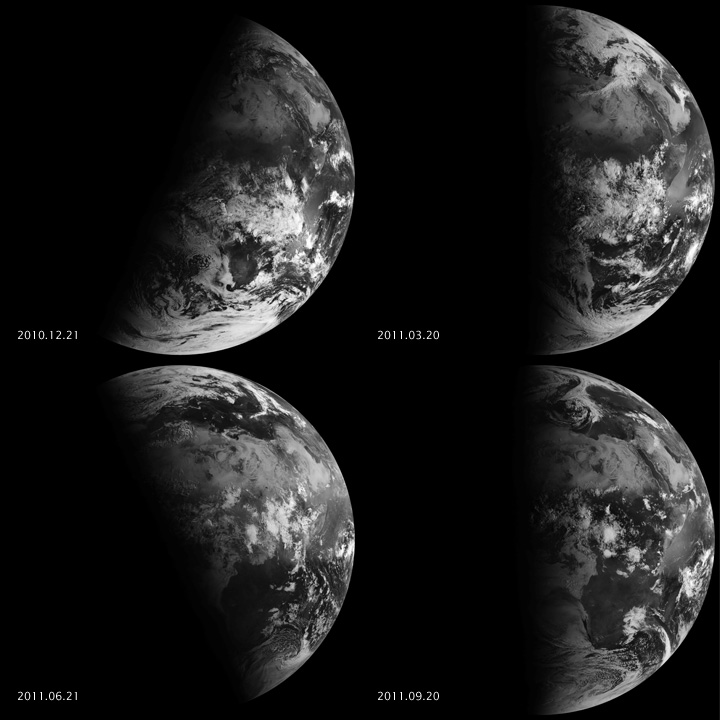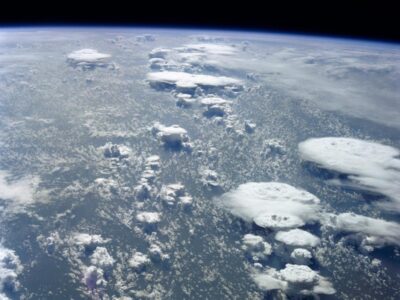Importance of Monsoon Forecast for India:
Indian economy is basically agriculture based, and agri business and economy depend a lot on the South West Monsoon. Agriculture contributes a major part to the GDP.
Hence, getting information and forecast of the Monsoon to the farmers and concerned departments well in advance is of prime importance. The agri industries need to plan cropping patterns and farmers need to plan purchase and storage of seeds and fertilisers.
Now, IMD issues its first SWM forecast around mid April. The April forecast indicates the likely amount of rain throughout India , on the whole, and does not detail its distribution region wise.
A forecast of regional distribution is necessary for water management and reservoir capacity storage.
The second forecast and rain estimate is issued in June. By that time, sowing is already complete, and an adverse situation could be disastrous. Saving water stressed seedlings becomes a priority with urgent irrigation. One Fourth of the SWM is over by then.
Vagaries' Views:
The SWM forecast should be issued earliest by beginning April. It could be made by analysing the weather parameters developing as on that date in early April, and subsequently monitor the developments as they happen and issue comments on how the monsoon is likely to progress. The Monsoon Watch series in Vagaries begins with this concept..and charting the progress periodically, the Monsoon Watch Series indicates the +ves and the -ves in the ensuing progress.
Initially Vagaries (MW Series) forecasts only the arrival date. And that is of prime importance. A belated advance could be fore warned, and help the farmer in delaying the sowing and saving his crops. Or later in the season, a prolonged withdrawal could be bad for the crops too, and should be forecasted and informed early.
The quantum is taken up later on.
Though a proper estimate of quantum of rain and regional distribution must be estimated. If, for example, we have 120% of the normal precipitation, that is 20% excess, in say the western state of Gujarat, and say, 80% normal, or 20% deficient in another state, IMD would declare a "normal" monsoon. That is because it takes the figures from the country as a whole. This, I feel depicts a wrong picture.
The most dangerous, or risky, is the " break Monsoon" in the middle of the season. This has to be estimated and informed as correctly as possible, as it holds the key to proper crop and water planning.
In such cases the agriculture ministry must be prepared to support proper irrigation and supply in July or August.
For such fore warnings, the IMD issues a forecasted estimate by the time the Monsoon is half over.
Now, recently,The Japanese Agency for Marine Earth Science and Tech. has forecast below normal rains for Jun/July /Aug 2019, and another International Research Institute IRI at Columbia, have forecasted a near normal SWM for 2019.
Whether true or false, our Met Department should take note of this seriously, and be prepared with the necessary steps to be taken. We just cannot wait till the IMD issues its "vague" forecasts.
IMD maintains that it (SWM) cannot be forecasted so early, and that the Indian Monsoon system is too complicated. But let us understand, these foreign agencies also have a track record.
We cannot take risks with such an important event (SWM). An event that makes or breaks Indian Agriculture and Economy.
Indian economy is basically agriculture based, and agri business and economy depend a lot on the South West Monsoon. Agriculture contributes a major part to the GDP.
Hence, getting information and forecast of the Monsoon to the farmers and concerned departments well in advance is of prime importance. The agri industries need to plan cropping patterns and farmers need to plan purchase and storage of seeds and fertilisers.
Now, IMD issues its first SWM forecast around mid April. The April forecast indicates the likely amount of rain throughout India , on the whole, and does not detail its distribution region wise.
A forecast of regional distribution is necessary for water management and reservoir capacity storage.
The second forecast and rain estimate is issued in June. By that time, sowing is already complete, and an adverse situation could be disastrous. Saving water stressed seedlings becomes a priority with urgent irrigation. One Fourth of the SWM is over by then.
Vagaries' Views:
The SWM forecast should be issued earliest by beginning April. It could be made by analysing the weather parameters developing as on that date in early April, and subsequently monitor the developments as they happen and issue comments on how the monsoon is likely to progress. The Monsoon Watch series in Vagaries begins with this concept..and charting the progress periodically, the Monsoon Watch Series indicates the +ves and the -ves in the ensuing progress.
Initially Vagaries (MW Series) forecasts only the arrival date. And that is of prime importance. A belated advance could be fore warned, and help the farmer in delaying the sowing and saving his crops. Or later in the season, a prolonged withdrawal could be bad for the crops too, and should be forecasted and informed early.
The quantum is taken up later on.
Though a proper estimate of quantum of rain and regional distribution must be estimated. If, for example, we have 120% of the normal precipitation, that is 20% excess, in say the western state of Gujarat, and say, 80% normal, or 20% deficient in another state, IMD would declare a "normal" monsoon. That is because it takes the figures from the country as a whole. This, I feel depicts a wrong picture.
The most dangerous, or risky, is the " break Monsoon" in the middle of the season. This has to be estimated and informed as correctly as possible, as it holds the key to proper crop and water planning.
In such cases the agriculture ministry must be prepared to support proper irrigation and supply in July or August.
For such fore warnings, the IMD issues a forecasted estimate by the time the Monsoon is half over.
Now, recently,The Japanese Agency for Marine Earth Science and Tech. has forecast below normal rains for Jun/July /Aug 2019, and another International Research Institute IRI at Columbia, have forecasted a near normal SWM for 2019.
Whether true or false, our Met Department should take note of this seriously, and be prepared with the necessary steps to be taken. We just cannot wait till the IMD issues its "vague" forecasts.
IMD maintains that it (SWM) cannot be forecasted so early, and that the Indian Monsoon system is too complicated. But let us understand, these foreign agencies also have a track record.
We cannot take risks with such an important event (SWM). An event that makes or breaks Indian Agriculture and Economy.


















